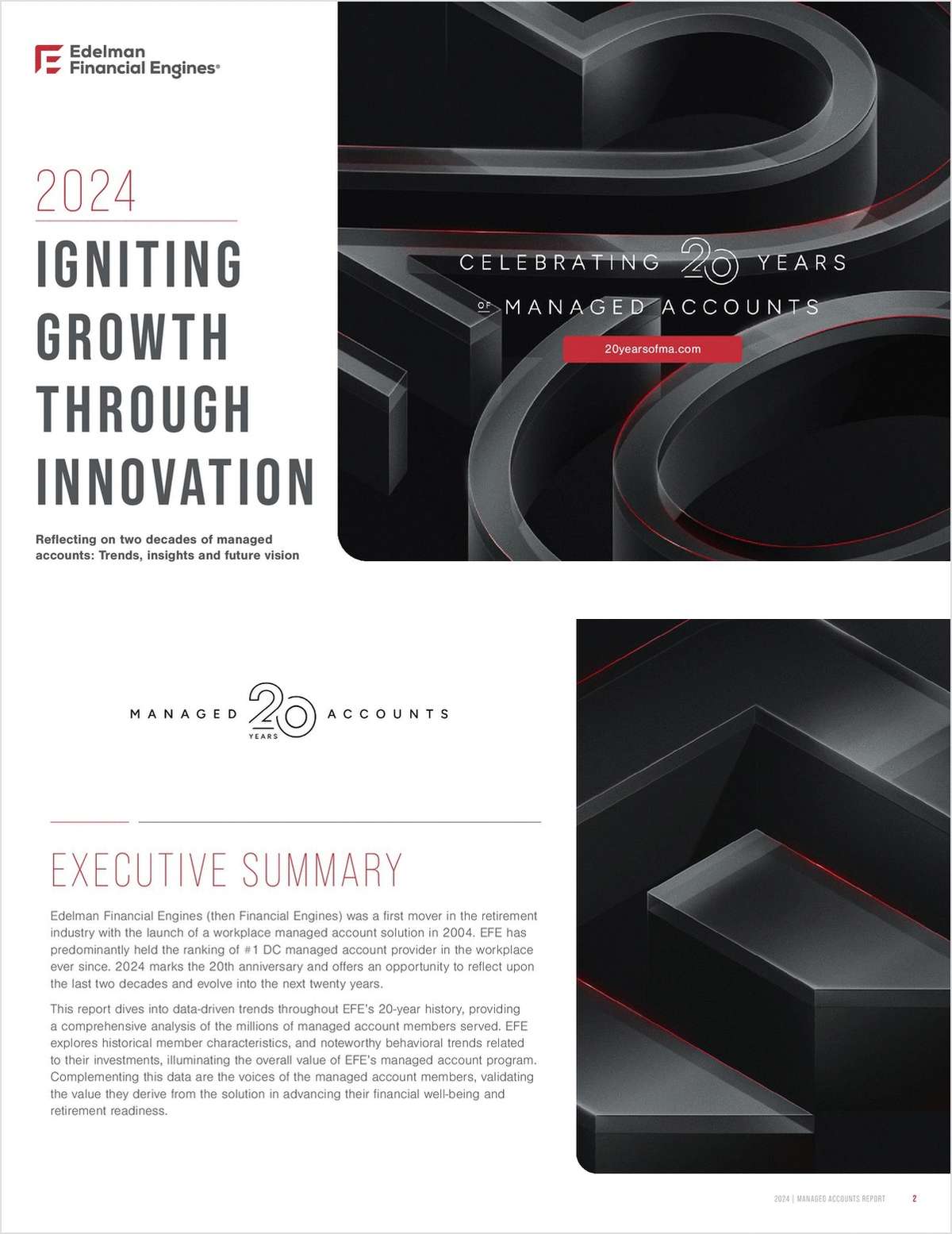Perhaps you saw the Time magazine cover, featuring acherubic baby and the caption, “This baby could live to be 142years old—Dispatches from the frontier of longevity.” The articlesdescribe several of the advances being made in extending the humanlife span well beyond the three score and 10 cited in Psalm 90.
The article got me thinking about the potential impacts ofextended life spans on benefits. In today's world, we've begun toidentify life cycle needs of employees and their families. We inthe voluntary business have been doing this in enrollment meetingsfor many years.
Technology hasn't changed the messages, just refined them.Voluntary enrollment systems and exchange systems are being builtwith life cycle logic in them. In the end, people with youngfamilies tend to need lots of term life insurance; peopleapproaching retirement are in need of asset preservation productslike long-term care and critical illness, and so on. What will ourmessaging be, though, in the world of a life expectancy at birthnearly double today's?
Continue Reading for Free
Register and gain access to:
- Breaking benefits news and analysis, on-site and via our newsletters and custom alerts
- Educational webcasts, white papers, and ebooks from industry thought leaders
- Critical converage of the property casualty insurance and financial advisory markets on our other ALM sites, PropertyCasualty360 and ThinkAdvisor
Already have an account? Sign In Now
© 2024 ALM Global, LLC, All Rights Reserved. Request academic re-use from www.copyright.com. All other uses, submit a request to [email protected]. For more information visit Asset & Logo Licensing.








